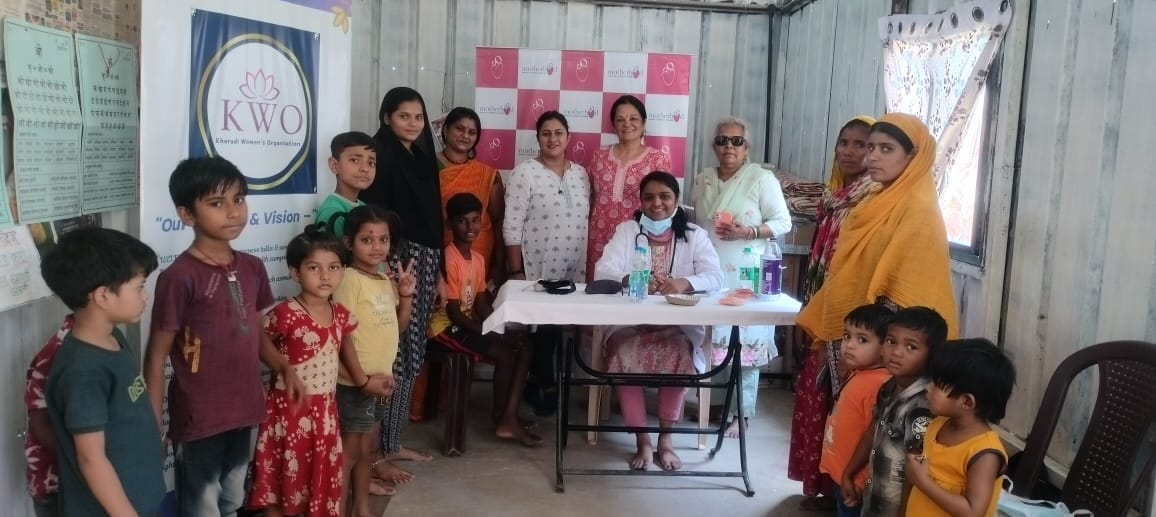Effects of Contaminated Water on Health
Contaminated water can pose a serious health risk and it can affect not only you but all the members of your family. So, it’s extremely important to understand the dangers of not drinking clean water

Contaminated water can pose a serious health risk and it can affect not only you but all the members of your family. So, it’s extremely important to understand the dangers of not drinking clean water and act accordingly.
So, how does contaminated water affect humans?
Well, the immediate dangers of contaminated water can show up in the form of symptoms like nausea, diarrhoea and other types of gastrointestinal issues. These are usually indicators of diseases like typhoid, dysentery, cholera, viral hepatitis, etc.
The long-term consequences, on the other hand, can be quite unpredictable as it can include serious issues like cancer, auto-immune diseases and even damage to the organs. However, these dangers are dependent on various factors like immunity levels, age and much more.
Contaminated water and its effects on human health
India faces a serious water quality issue with almost 37.7 million Indians being affected by waterborne diseases every year and close to 3 lakh children dying due to diarrhoea.
The deterioration of the water quality in the country and the drastic increase in contaminated water can be attributed to the ever-growing problem of water pollution.
Not only is 70% of surface water in India unfit for consumption but the groundwater sources are gradually diminishing as well.
Now, all these contaminants may not be man-made, there can be naturally occurring contaminants like arsenic in the lining of a groundwater source.
Similarly, arsenic contamination in the states of West Bengal, Jharkhand, Bihar, Uttar Pradesh, Assam, Manipur, and Chhattisgarh is way above the permissible limit.
Type of contaminants in water and their effect on human health
Contaminants can enter your drinking water through various means. The most common ways include contaminated groundwater sources, broken pipes, and water run-offs during rain.
Physical
Physical contaminants refer to the soil, mud, silt, and any kind of large particulate matter that’s present in water. While physical contaminants like sand pose negligible health risks, they are breeding grounds for microbes, parasites and other harmful organisms.
Chemical
Chemical contaminants refer to compounds like chlorine, arsenic and many more in water that can either be present naturally or due to human activities.
While these chemical compounds won’t do much in trace amounts, they significantly can impact your health in large amounts. Chlorine, for example, can cause cell mutations and mess with the DNA, resulting in auto-immune diseases.
Arsenic, on the other hand, can cause cancer of the bladder, kidney, skin and even lungs.
Biological
Biological contaminants refer to all sorts of microbial, parasitic, and any other living organisms in the water.
The most common biological contaminants are bacteria, protozoa and viruses.
These pathogens often cause waterborne diseases like cholera, diarrhoeal diseases, viral hepatitis and typhoid. Moreover, these diseases contribute to the most waterborne related deaths, with diarrhoeal diseases being the worst, followed by viral hepatitis.
Have you consumed contaminated water? Here are some diseases/symptoms you need to watch out for!
As mentioned earlier, contaminated water can cause a ton of ailments. However, these diseases first show up as symptoms. It’s when you start seeing these symptoms, that you should consider visiting a doctor.
We recommend you head to the hospital as soon as you start seeing the symptom as it could potentially save your life.
It’s important to understand that these symptoms do show up immediately. There can be differences within the same family.
The timeline of these diseases is affected by numerous factors like immunity, age, physical condition and much more. So, while a child in the same house may fall ill after consuming one glass of contaminated water, an adult might not even show symptoms due to their elevated immunity.
Here are some of the most commonly reported problems people experience from drinking contaminated water:
- Vomiting and Nausea
- Diarrhoea
- Gastrointestinal Problems
- Intestinal or Stomach Cramps
- Intestinal or Stomach Pain
- Dehydration
Of course, depending on the type of impurity, these symptoms may be different. Also, you may be asymptomatic. As mentioned earlier, some contaminants may cause long term illnesses like auto-immune diseases and cancer. So, regular health checkups become necessary.
However, the best solution is always prevention. So, you should ideally get your water tested and determine if it’s safe for consumption.
What is safe drinking water?
The World Health Organisation (2017) defines safe drinking water as water that does not pose any health risk when consumed over a period of time. This water can be from various improved water sources like household connections, public pipes, borewells, surface water like lakes and much more.
Safe drinking water or potable water should essentially appear clear to the eye and be free of any odours, tastes and colours.
Additionally, it should be free of toxins, pathogens, carcinogens, dissolved inorganic/organic compounds, and much more. Unfortunately, while some impurities may appear to the naked eye, some may be invisible.
This is why it’s best to test the water for these impurities.
How can I tell if my water is safe?
Are you wondering how to test the quality of water in your home?
Well, there are various methods to test your drinking water for contaminants. Purchase a TDS (Total Dissolved Solids) meter and test the TDS level of the water at home.
Pro tip: The TDS levels will range from 100 to 2000 parts per million (PPM). But your drinking water TDS level should range between 50 to 150 PPM.
Here’s something else you can do – Buy DIY (do it yourself) kits online. You can test your drinking water for different impurities.
But it’s always best to reach out to professionals. Labs are the most reliable as they give you a detailed report and even recommend what you can do to solve the issue. Unfortunately, these services can be expensive, and you should only resort to them if your water source shows extreme characteristic changes like slimy texture, odour or even colours.
Here’s another option for you. You can reach out to water purifier brands that actually test the water quality before installing the device. These companies have significant expertise in determining water quality, and their technician can even show you the results in real-time.
Now that you have three options to determine the water quality of your home, you can choose the most suitable one based on your preference and convenience.
Article by Vijender Reddy Muthyala, Founder & CEO at DrinkPrime






